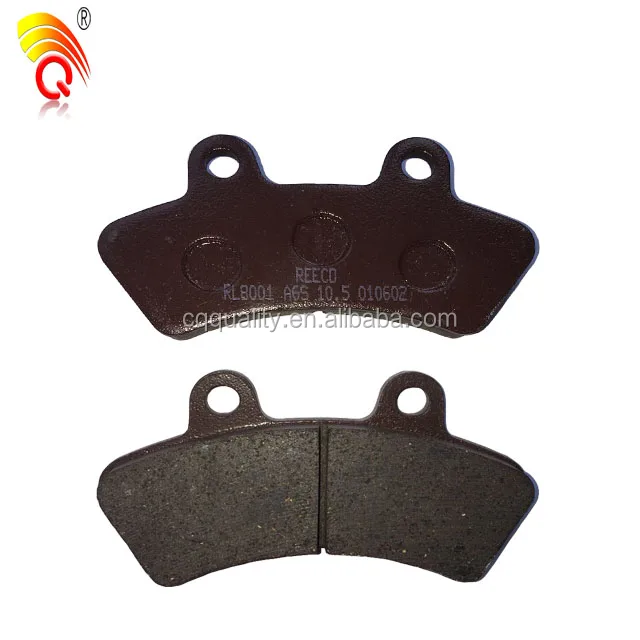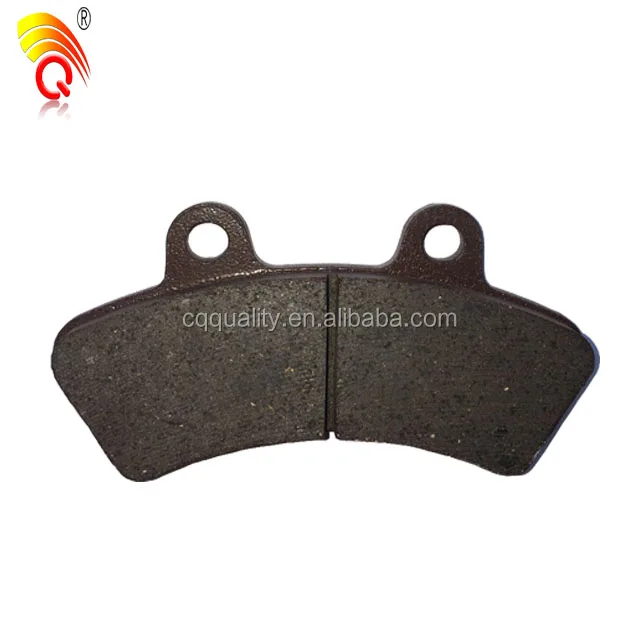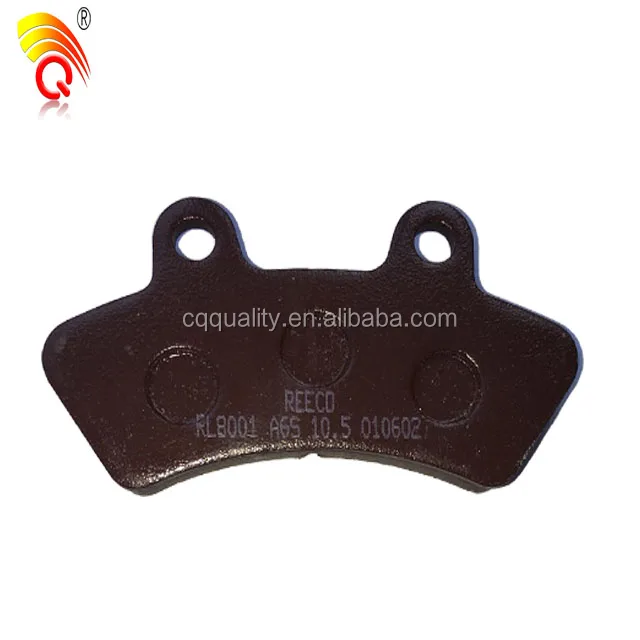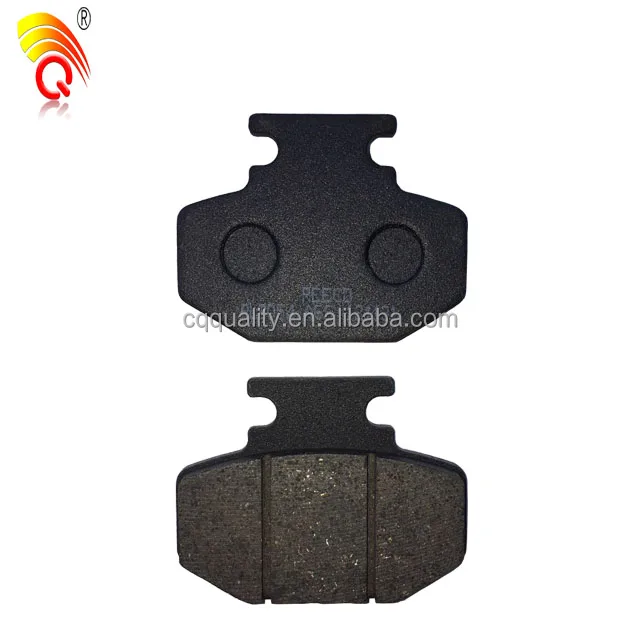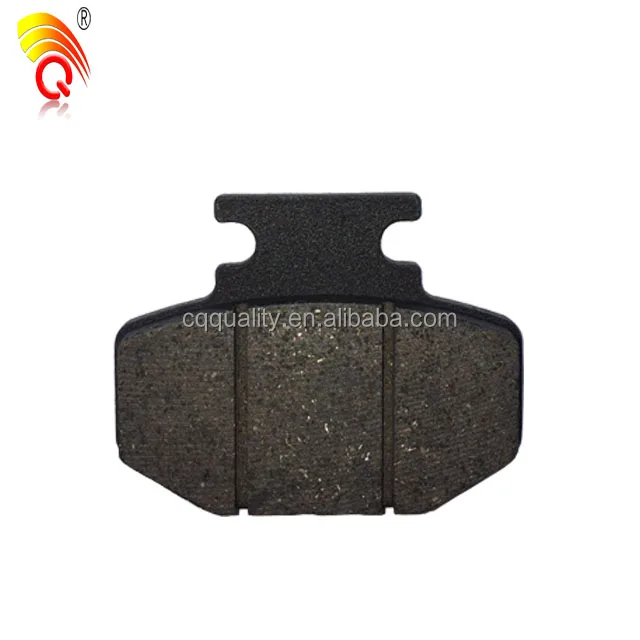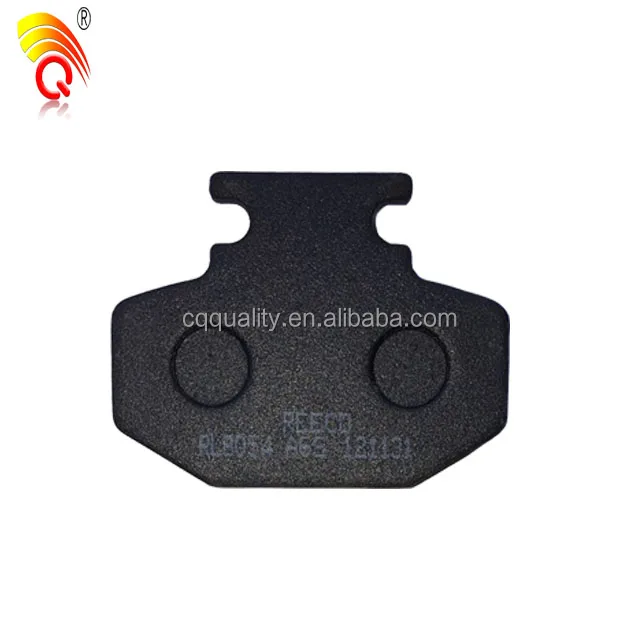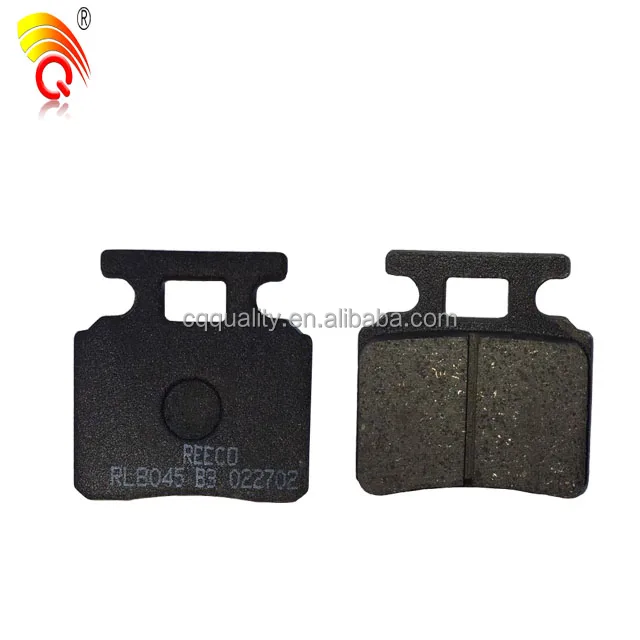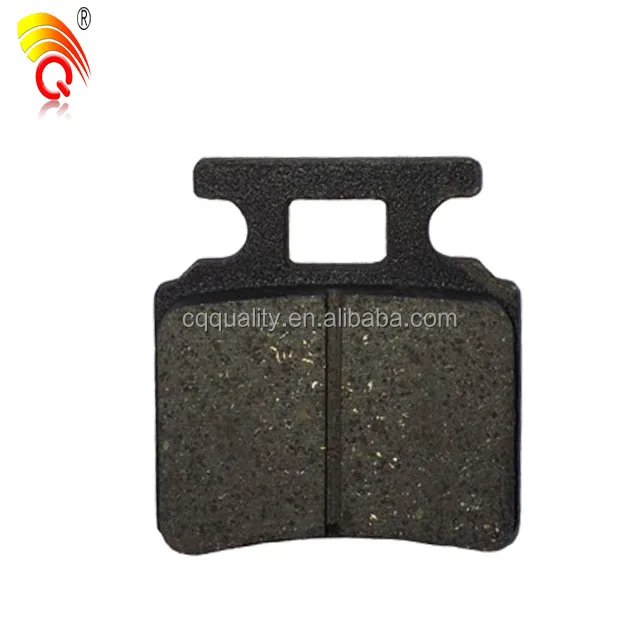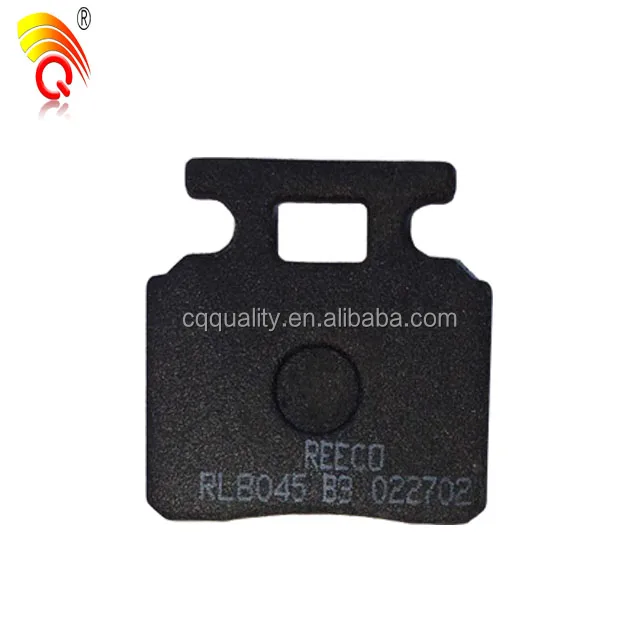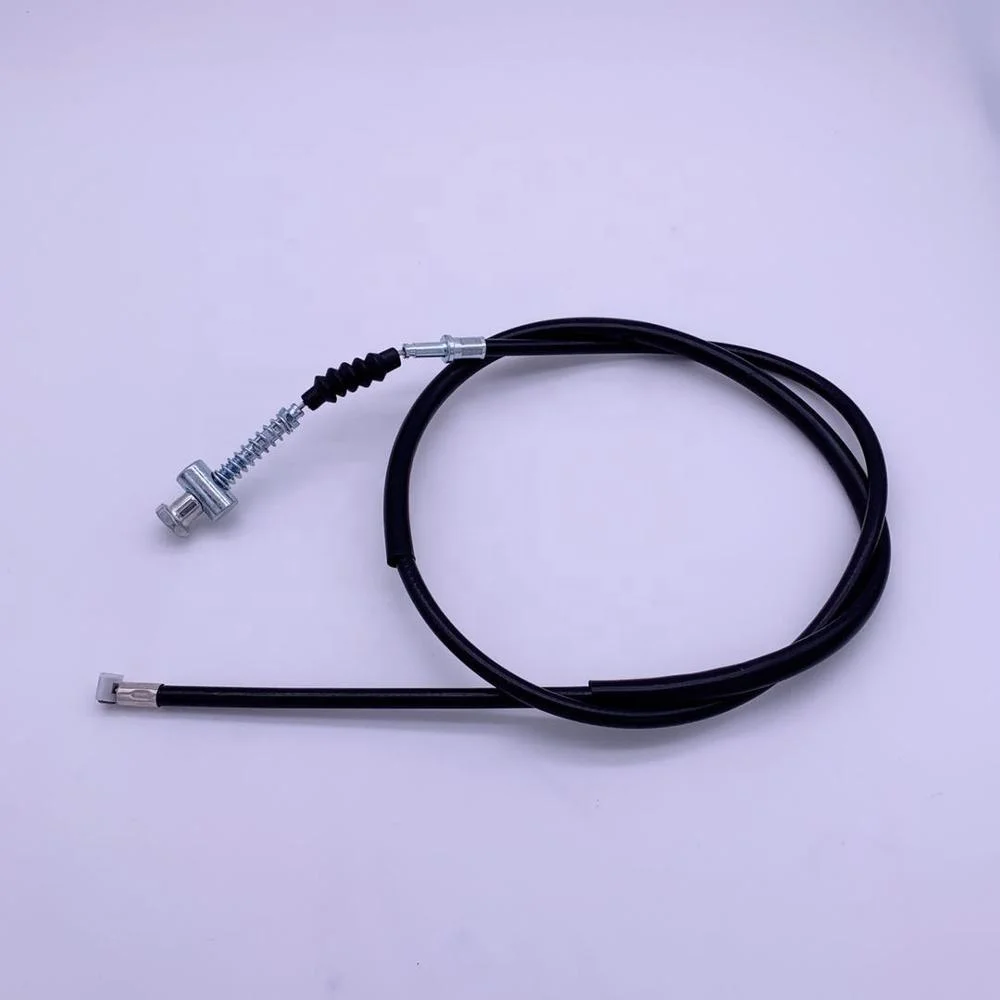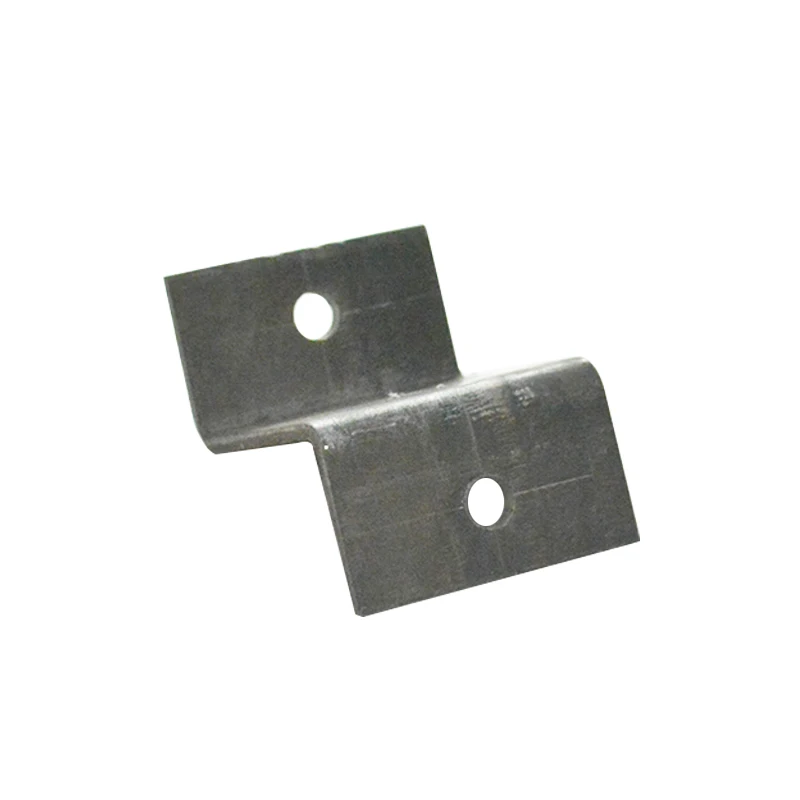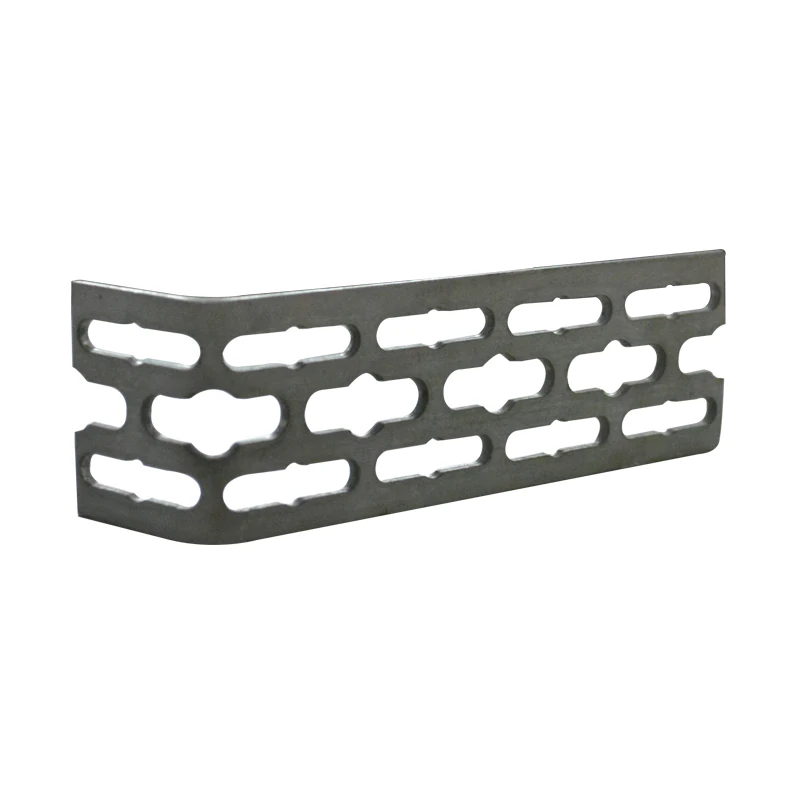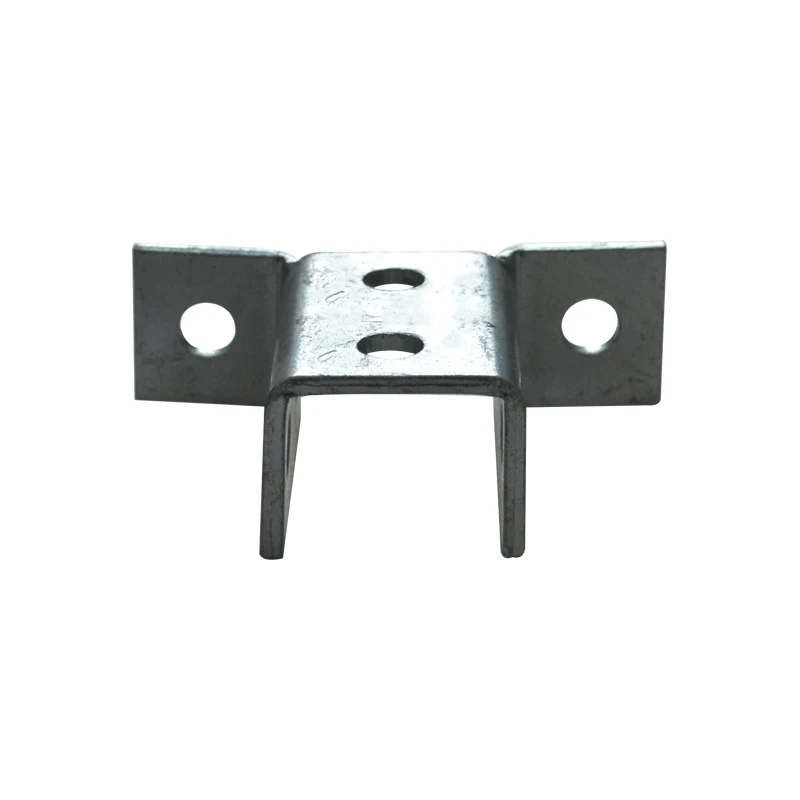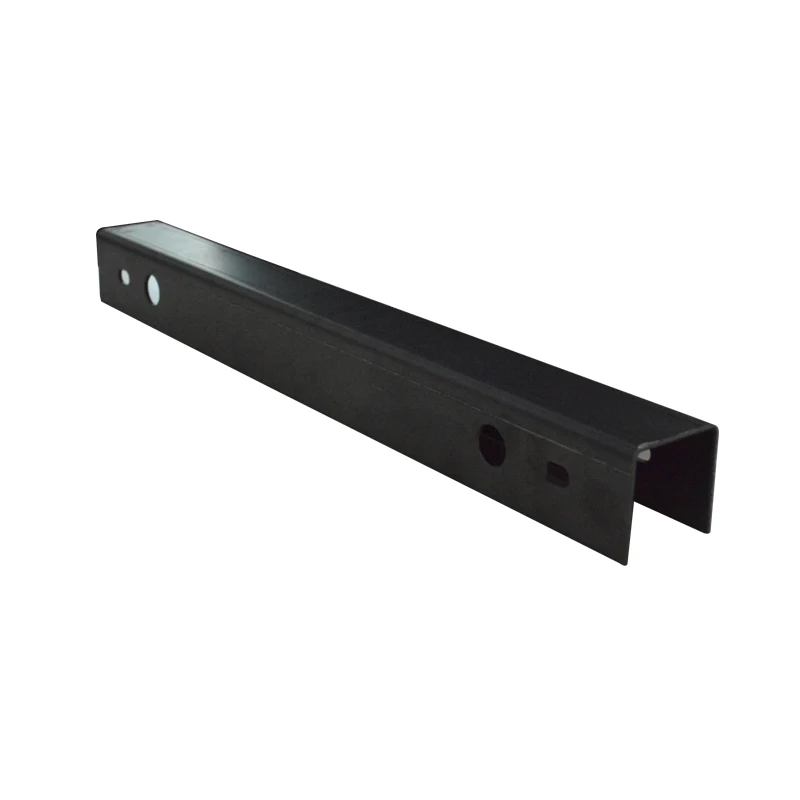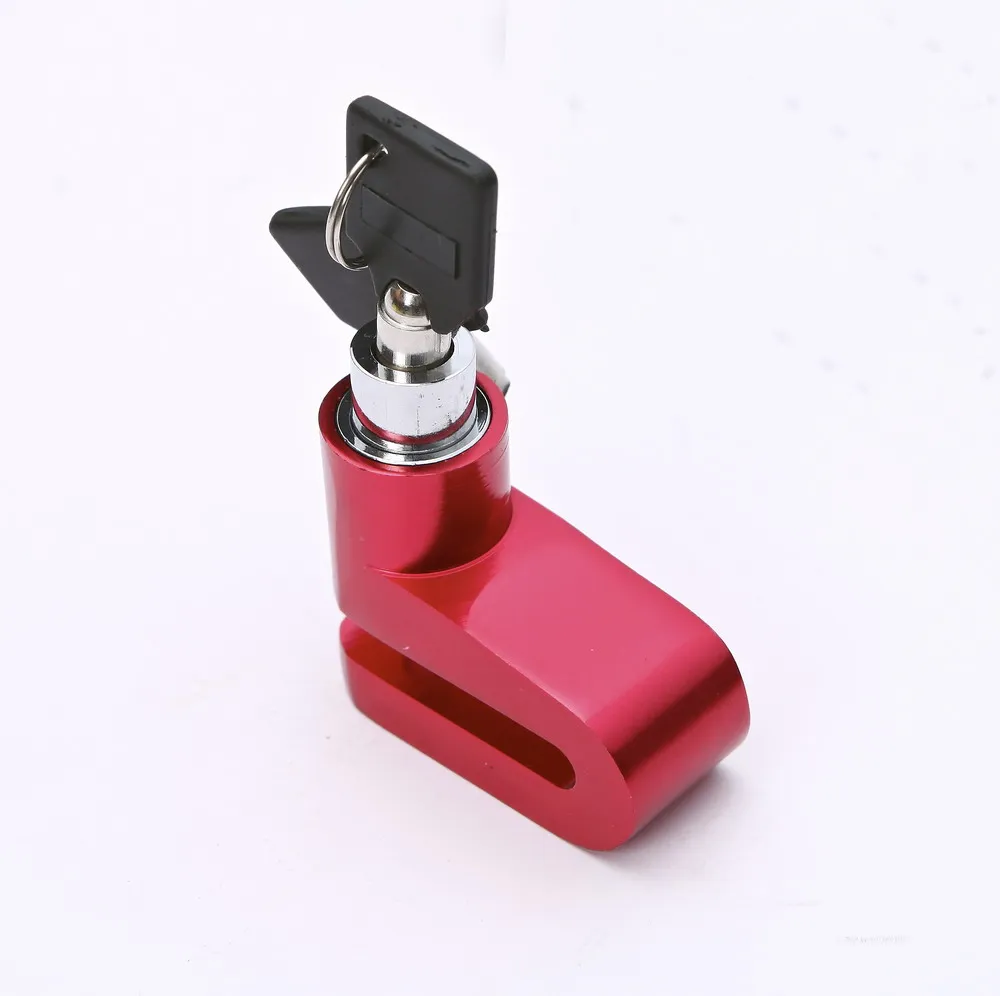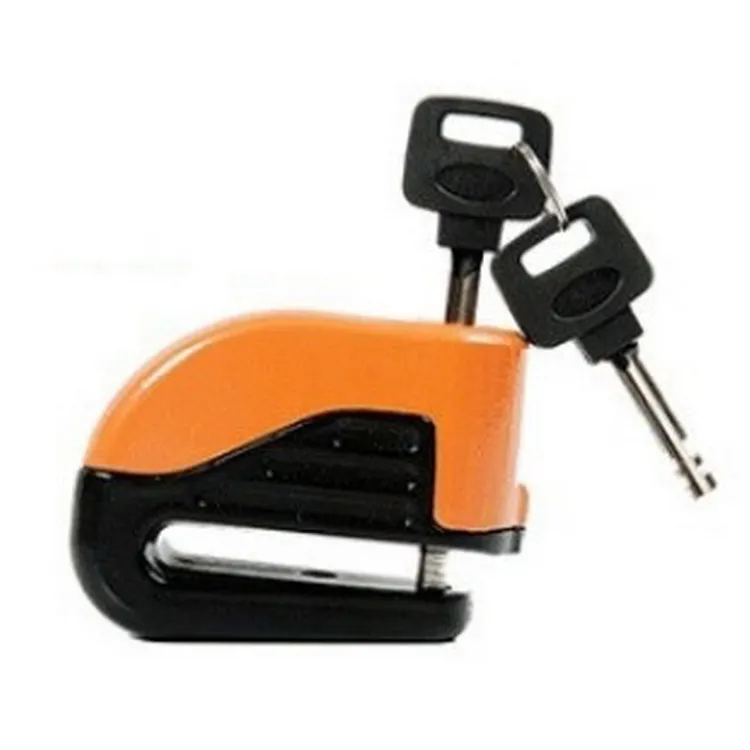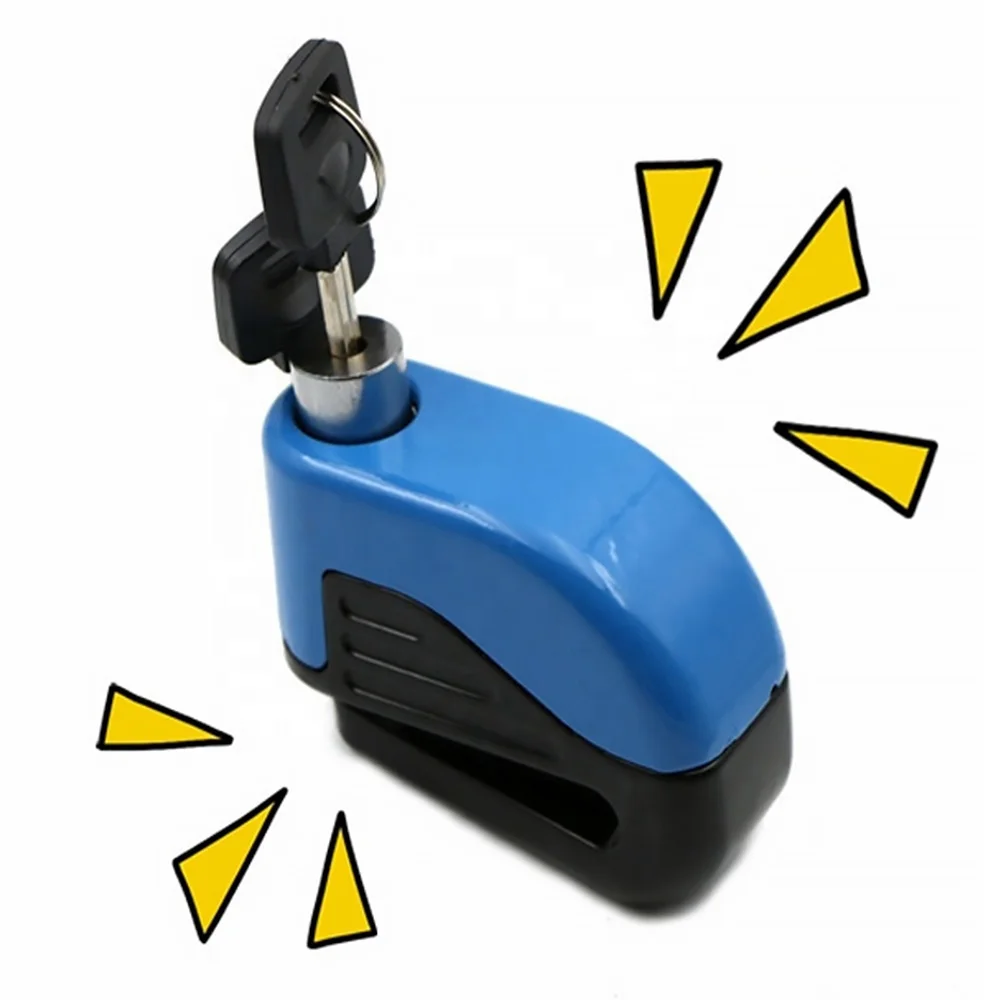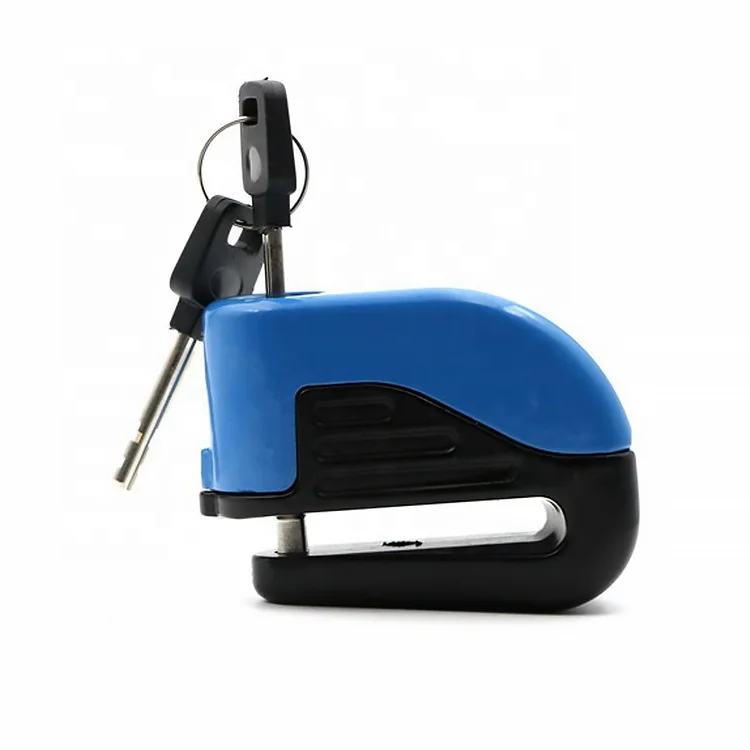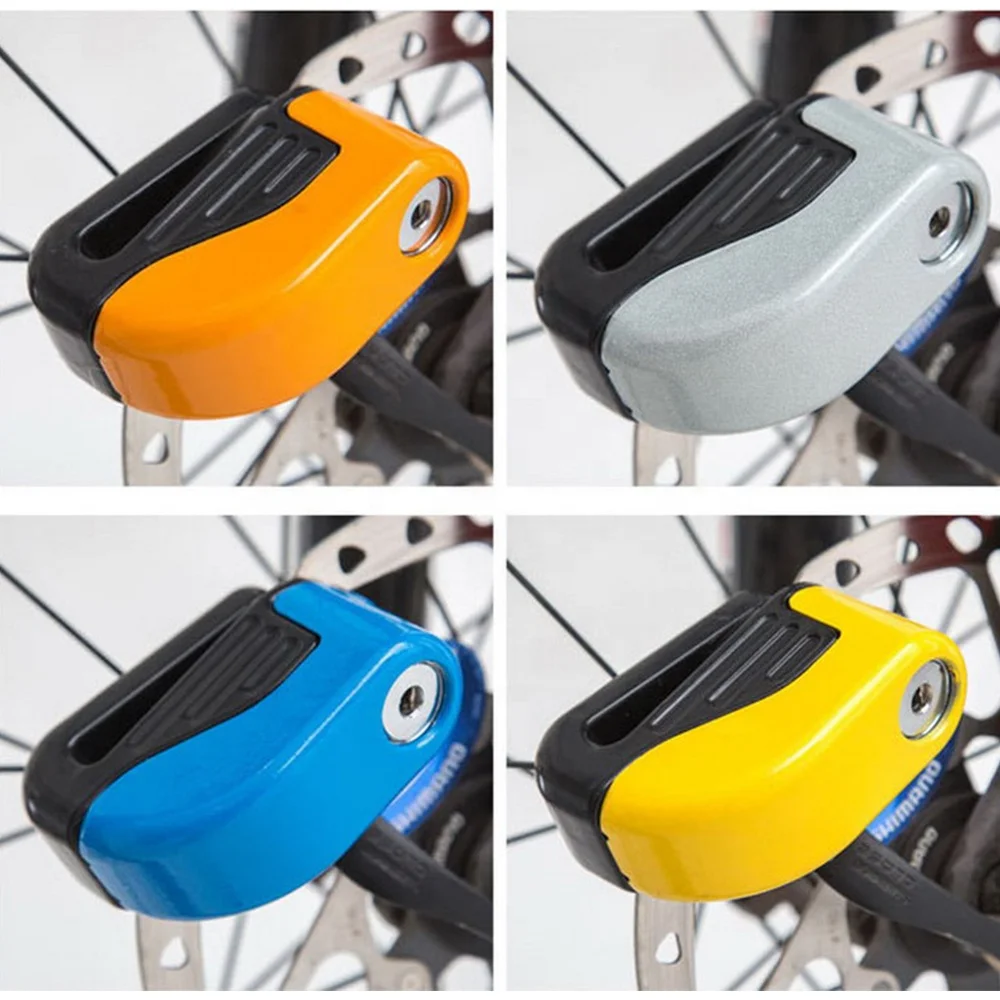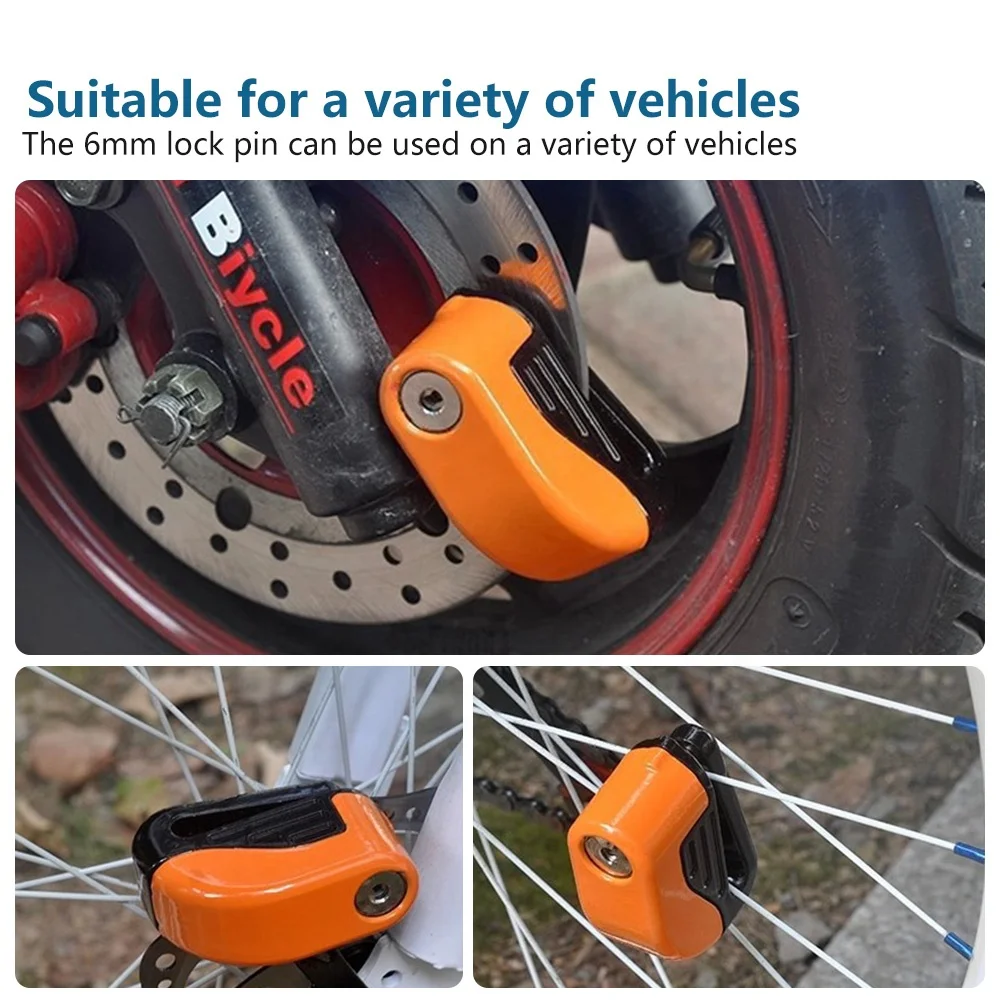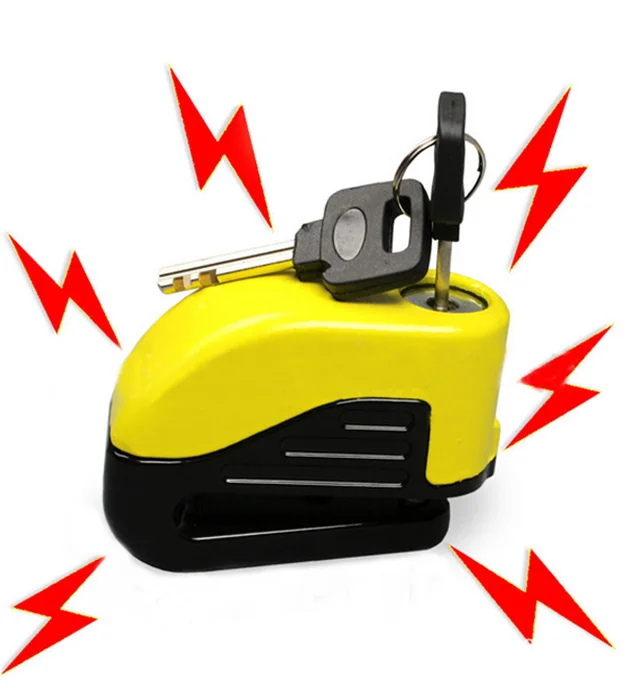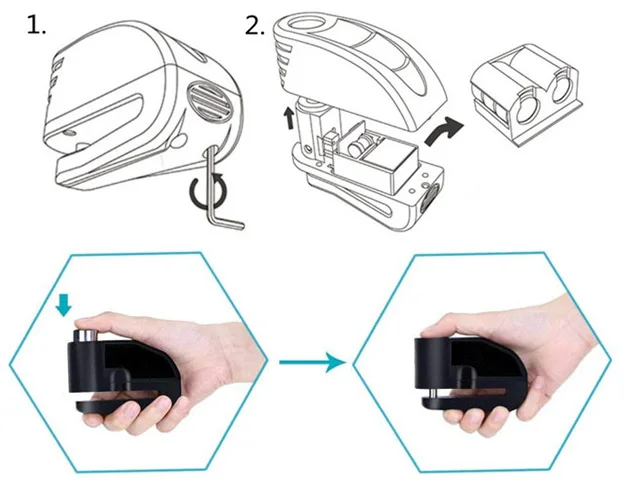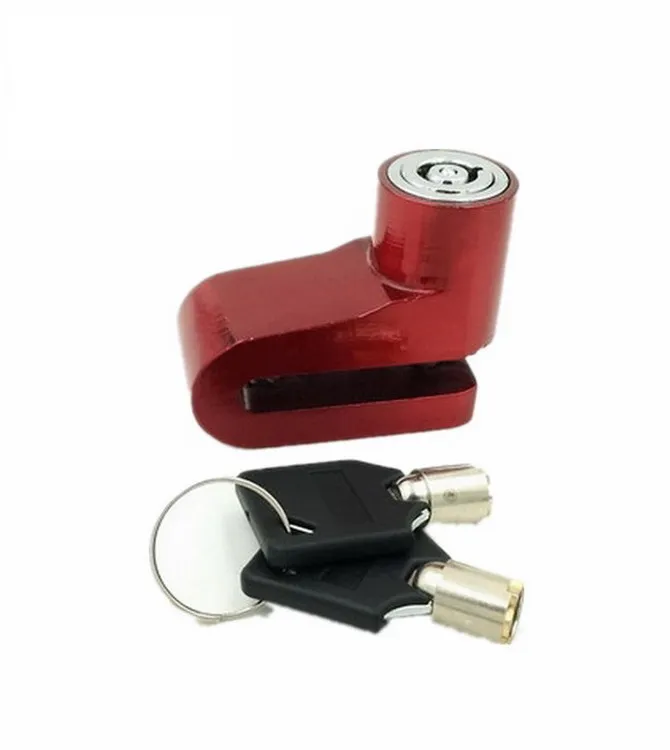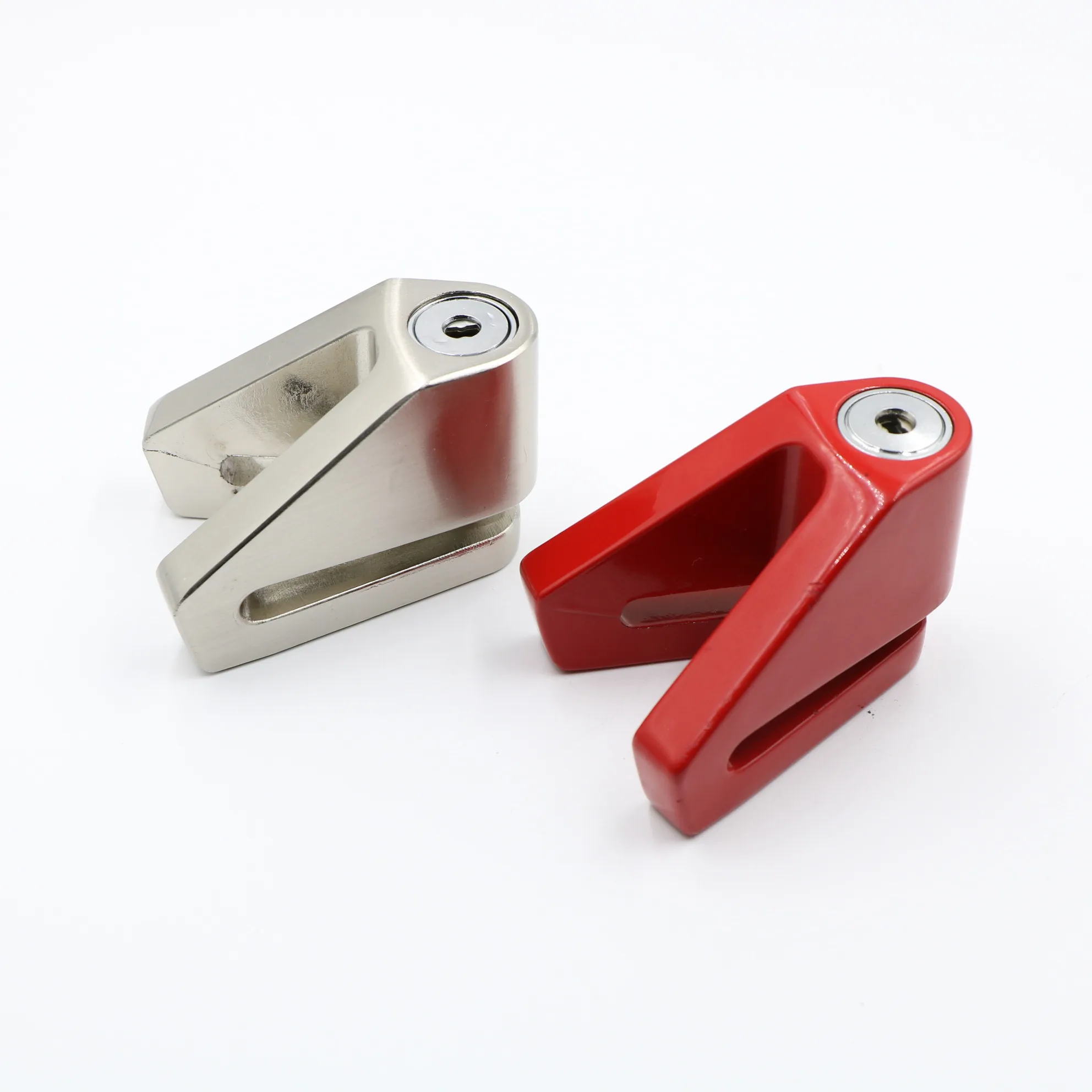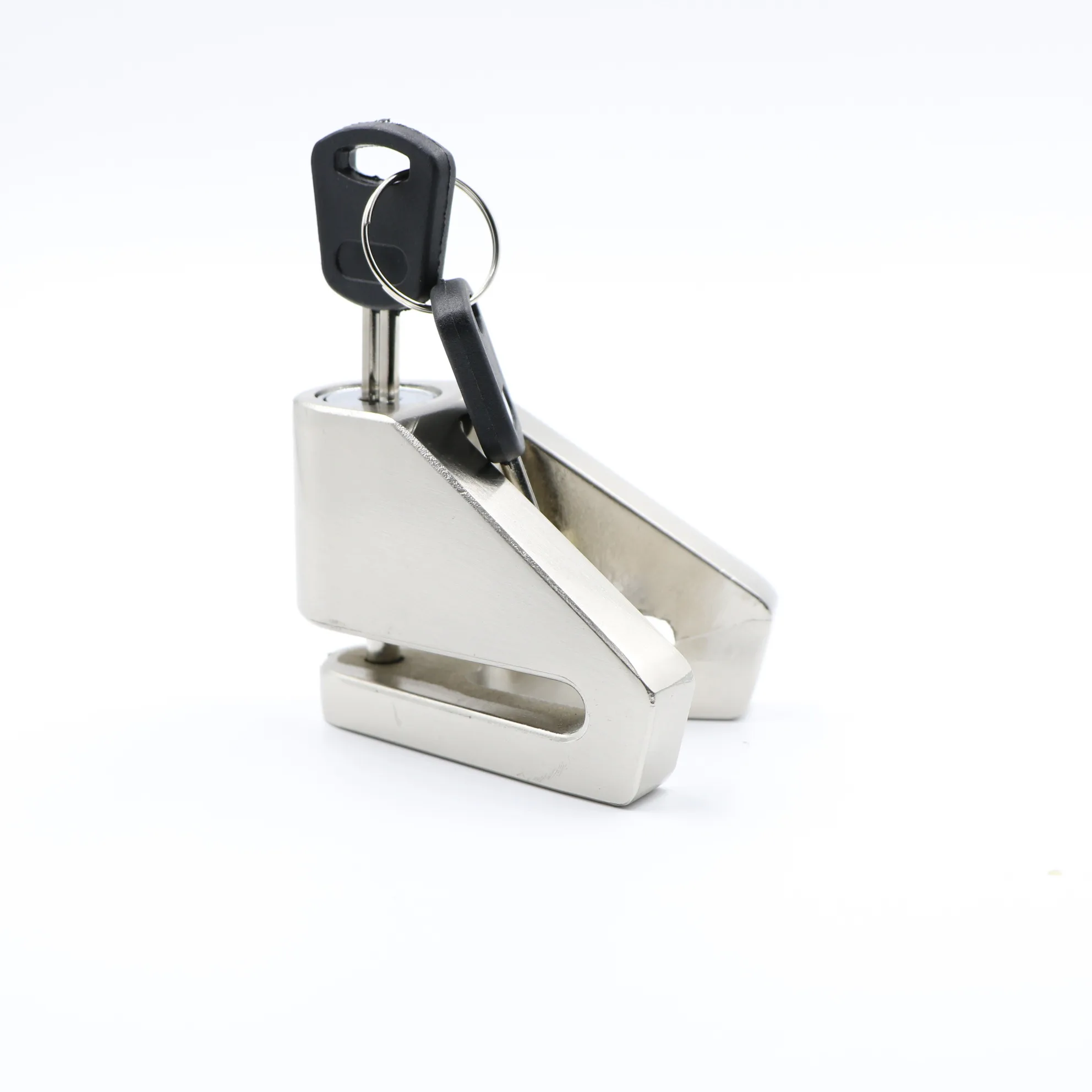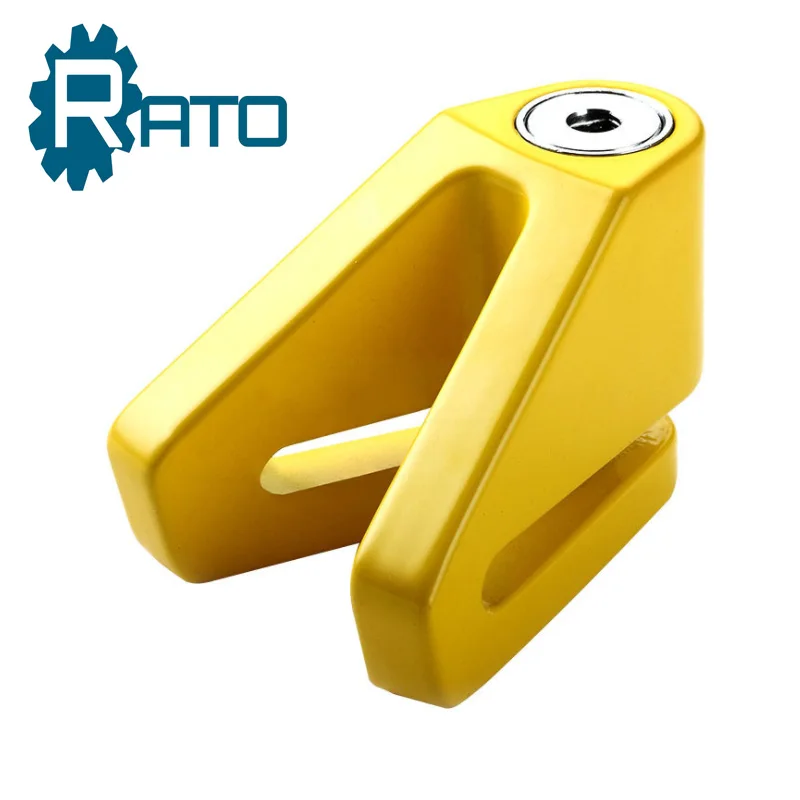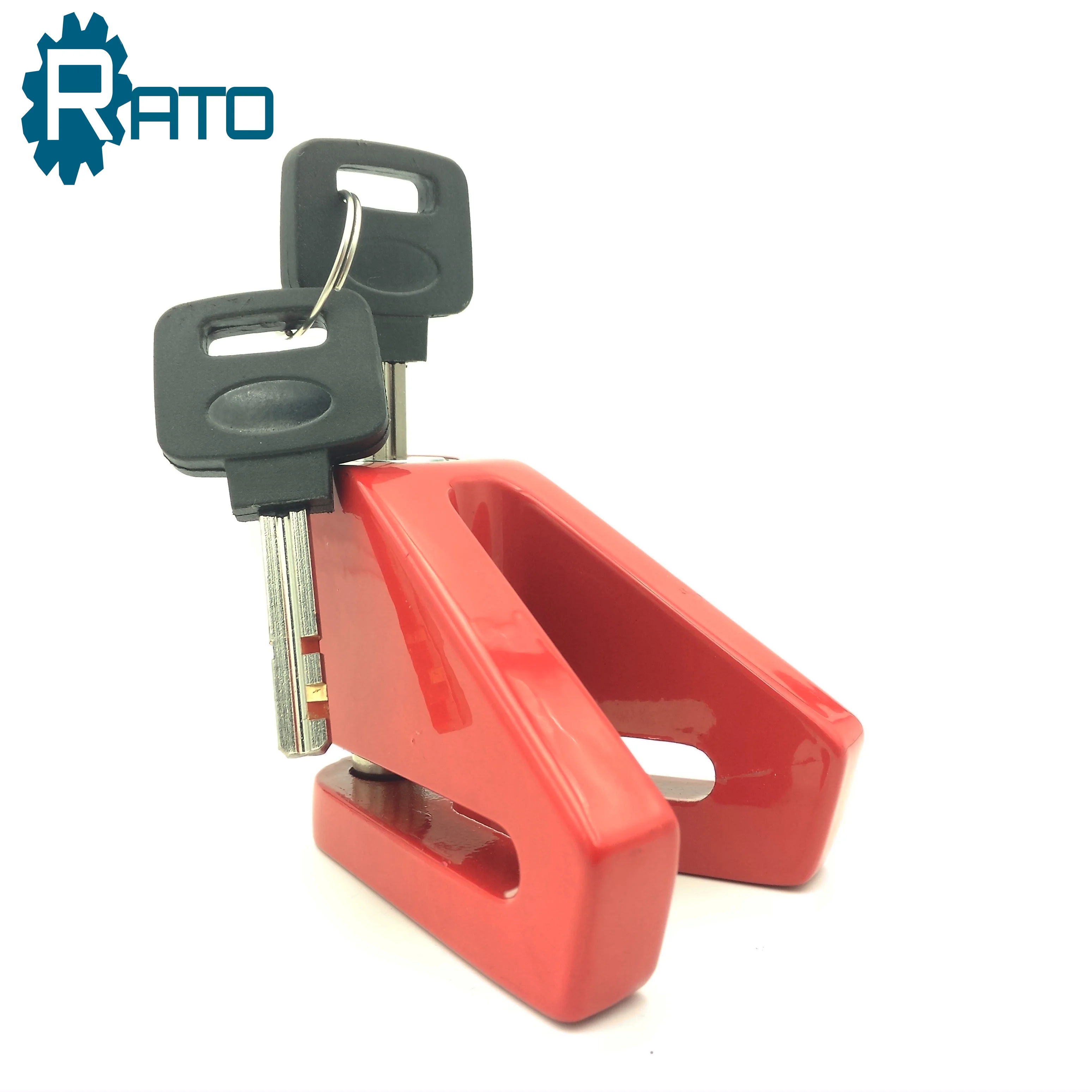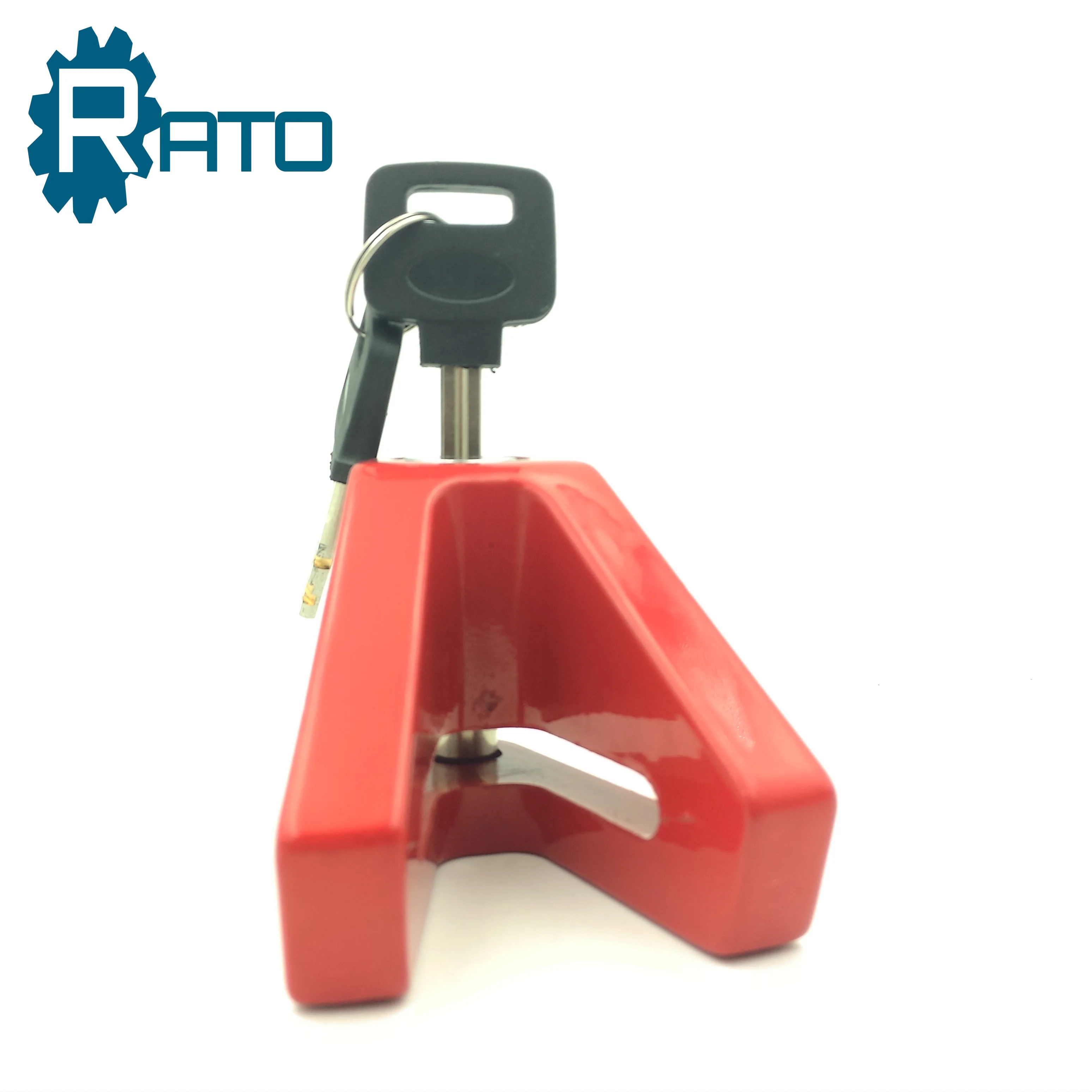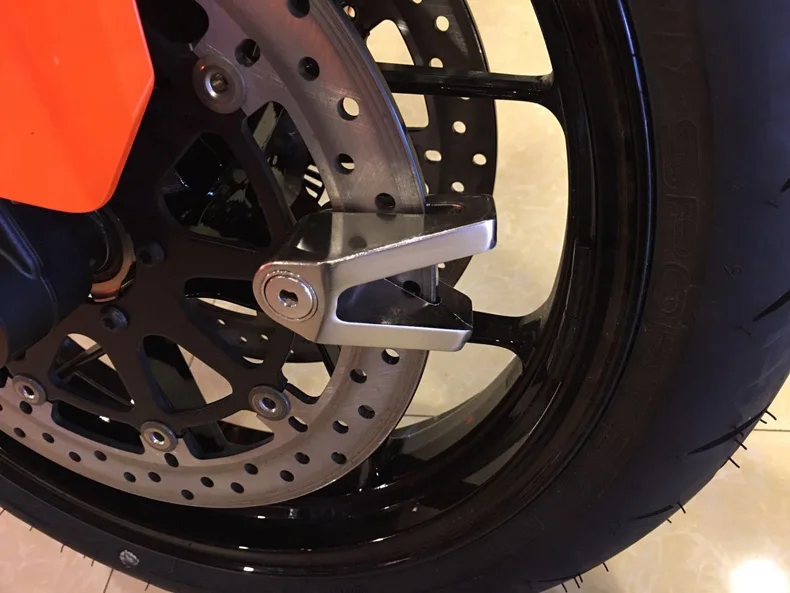Everything You Need to Know About Rakes
Rakes are essential tools for gardening, landscaping, and yard maintenance. Whether you're clearing leaves, leveling soil, or preparing a garden bed, the right rake can make your job easier and more efficient. In this guide, we'll explore the different types of rakes, their features, and how to choose the best one for your needs.
Types of Rake
Rakes come in various designs, each suited for specific tasks. Here are the most common types:
Leaf Rakes
These rakes have wide, fan-shaped heads with flexible tines, perfect for gathering leaves and lightweight debris.
Bow Rakes
Also known as garden rakes, these have sturdy, straight tines ideal for leveling soil, spreading mulch, or removing rocks.
Thatch Rakes
Designed with sharp blades, these rakes help remove dead grass and thatch from lawns.
Shrub Rakes
Smaller and more maneuverable, these are perfect for working in tight spaces around plants and shrubs.
Functions and Features of Rake
Modern rakes offer features like adjustable widths, ergonomic handles, and durable materials. Key functions include:
- Clearing leaves and debris
- Leveling and smoothing soil
- Removing thatch from lawns
- Preparing seed beds
- Spreading mulch or compost
Scenarios of Rake
Rakes are versatile tools used in various settings:
Residential Yards
Homeowners use rakes for seasonal leaf cleanup and general yard maintenance.
Landscaping Projects
Professionals rely on heavy-duty rakes for preparing sites and creating smooth surfaces.
Agricultural Use
Farmers use specialized rakes for hay collection and field preparation.
How to Choose Rake
Consider these factors when selecting a rake:
- Material: Steel tines last longer than plastic for heavy-duty work
- Handle length: Choose based on your height and the task
- Weight: Lighter rakes reduce fatigue during extended use
- Tine design: Flexible for leaves, rigid for soil work
- Grip comfort: Look for ergonomic handles if you'll use it frequently
How to Find Reliable Rake from China in 2025
When sourcing rakes from Chinese manufacturers:
- Verify supplier credentials on platforms like Alibaba
- Request product samples before large orders
- Check for quality certifications like ISO 9001
- Confirm material specifications and durability tests
- Negotiate favorable shipping terms
What Buyers Should Know Before Buying Rake from China
Important considerations include:
- Minimum order quantities (MOQs) may apply
- Lead times can range from 15-45 days
- Customization options are often available
- Shipping costs impact final pricing
- Quality control processes vary by manufacturer
Rake Q & A
Q: What's the difference between a leaf rake and a garden rake?
A: Leaf rakes have flexible, wide tines for lightweight materials, while garden rakes have sturdy, straight tines for soil work.
Q: How often should I replace my rake?
A: With proper care, a quality rake can last 5-10 years. Replace when tines bend permanently or the handle cracks.
Q: Can I use one rake for all yard work?
A: While possible, specialized rakes perform better for specific tasks. Consider having both leaf and garden rakes.
Q: Are metal or plastic rakes better?
A: Metal rakes last longer for heavy-duty work, while plastic rakes are lighter and better for leaves.
Q: How do I maintain my rake?
A: Clean after use, store dry, and occasionally oil wooden handles to prevent cracking.


